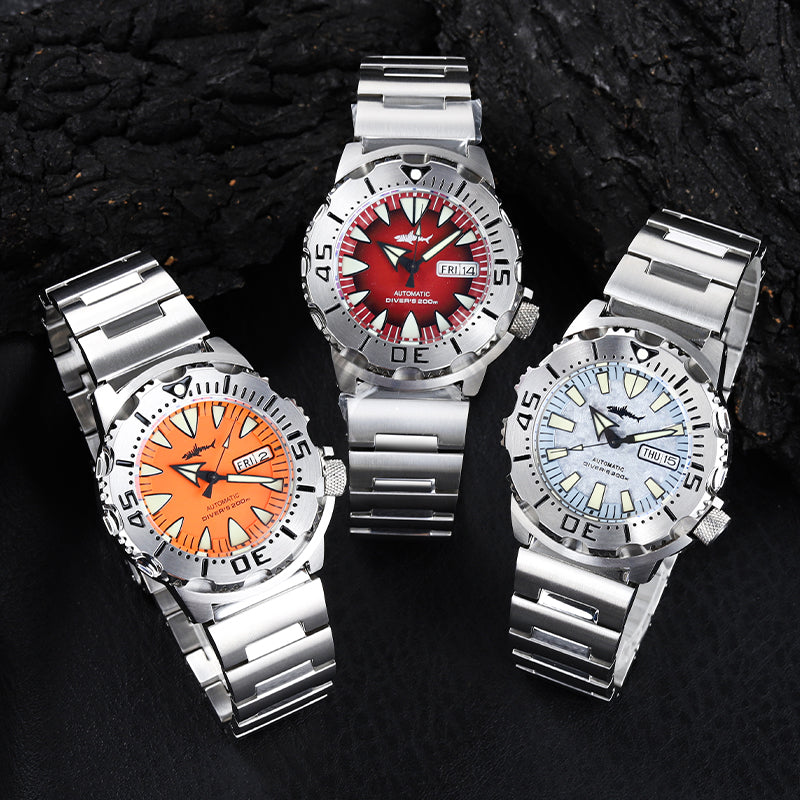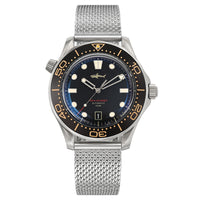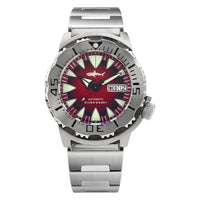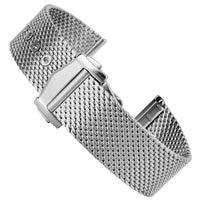Mechanical watch construction and operation

- Classification:
Mechanical watches are typically classified into two types: manual winding watches and automatic winding watches.
- Distinction:
1. The manual winding mechanical watch is powered by manually twisting the mainspring. The movement is thinner than that of traditional self-winding watches. The weight of the watch is lighter in comparison.
2. The automatic winding watch uses the movement's automatic rotating disk to swing left and right to generate power to drive the mainspring, but the thickness of the manual winding watch is smaller in comparison.
- Composition of a mechanical watch:
A mechanical watch is made up of two parts: the movement and the outer casing.
The transmission system, prime mover system, winding needle system, escapement speed control system, and pointer system are all part of the movement.
The movement parts are combined by splints with screws, the appearance parts include the watch case, dial, hands, strap, and other components.
The clock works on the principle of leverage, which is repeated back and forth as if swinging on a swing. The most basic operation sequence is mainspring→center wheel→third wheel→fourth wheel→escape wheel→balance wheel, and then the balance wheel, which is a simple harmonic motion.
- Working principle:
The main function of the winding and dialing mechanism is to transmit external force to the original moving mechanism, and the mainspring is tightened to generate potential energy, allowing the mechanical watch to rotate with power.
The original moving mechanism is made up of three parts: a mainspring, a barrel wheel, and a barrel cover. The mainspring is an elastic element that stores torque and drives the balance wheel to continually swing.
Transmission mechanism: It is made up of a number of gear shafts and gear plates that transmit the torque of the prime mover to the escapement speed regulating mechanism, causing the pointer to move and rotate.
Escapement speed regulating mechanism: The torque of the mainspring is transmitted to the speed regulating component via the escapement action of the escapement gear teeth and fork tiles, allowing the torque of the mainspring to be relaxed at a constant speed.
The pointer is made up of the second, minute, and hour hands.



